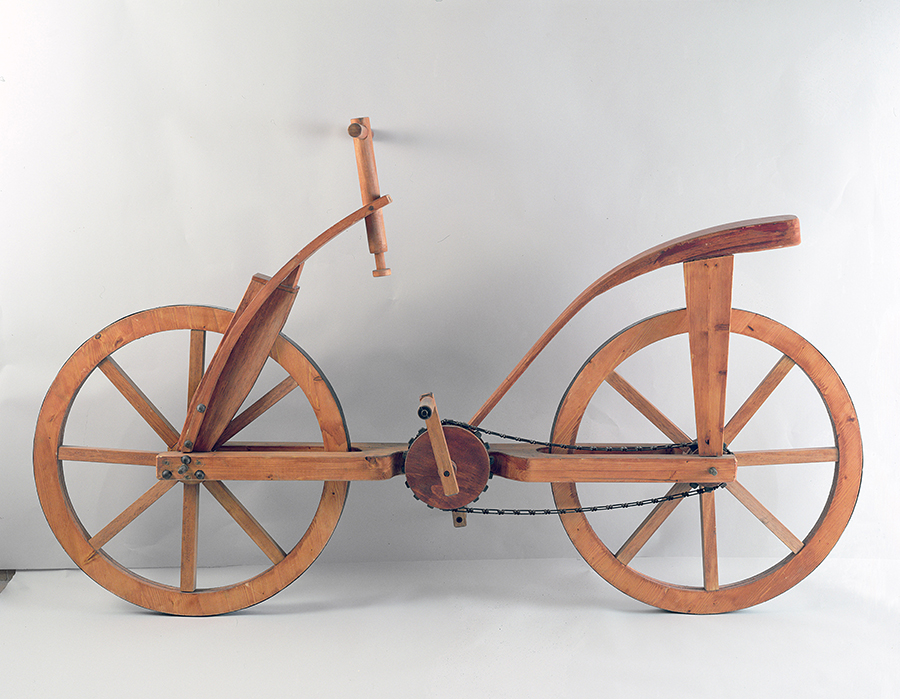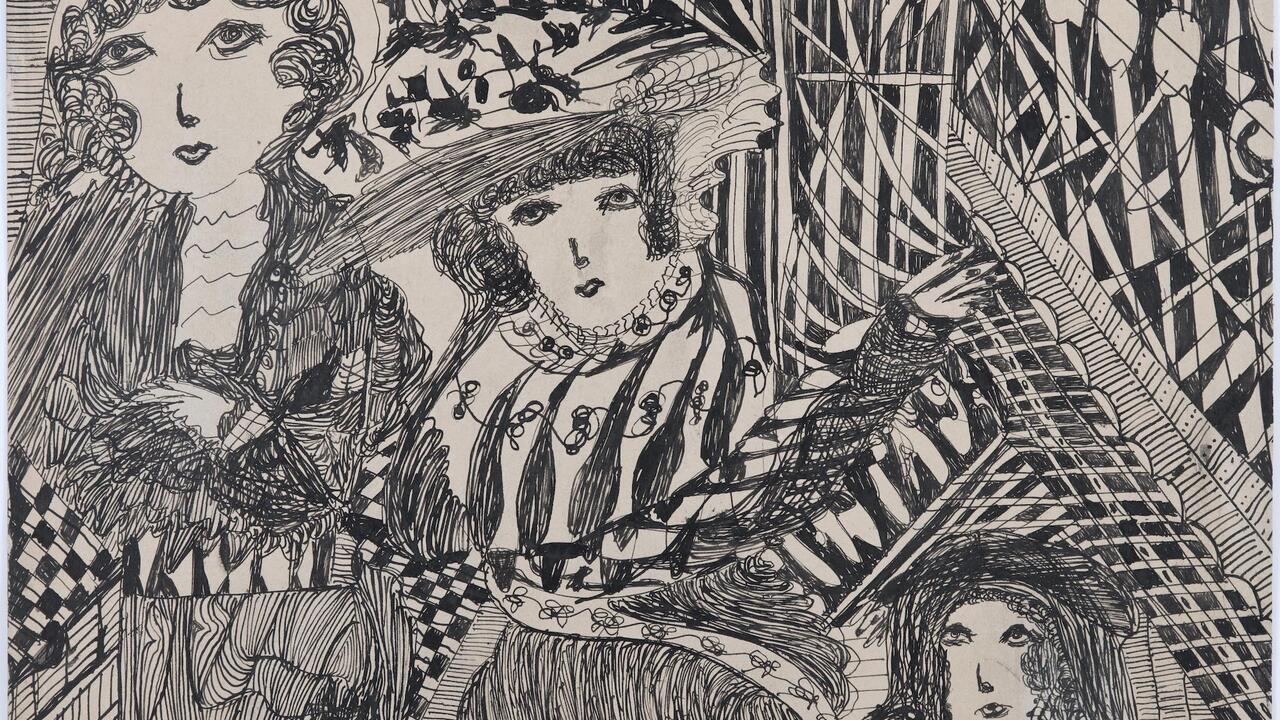Did Leonardo da Vinci Invent the Bicycle?
Was there anything the Renaissance freewheeler couldn’t do?
Was there anything the Renaissance freewheeler couldn’t do?

Was there anything that Leonardo da Vinci couldn’t do? Amongst the papers of the original Renaissance man, who died 500 years ago, are designs for precursors to modern-day helicopters, diving suits and parachutes. (As well as more bellicose wonders, including an armoured vehicle and a giant crossbow: reminders of the fevered times in which he lived.) People might be forgiven, then, for misattributing inventions to him. Imagine how the heart of philologist and Da Vinci expert Augusto Marinoni must have skipped a beat when he found a sketch resembling a bicycle whilst transcribing the monumentous Codex Atlanticus (Atlantic Codex, 1478–1519, the largest collection of the artist’s writings) in the early 1970s. With two wheels, pedals and even a drive chain, the contraption precedes by some 300 years the German aristocrat Karl von Drais’s claim to the first two-wheeled, human-powered vehicle. (The Draisienne, or hobby horse, was pushed along with the feet rather than driven by pedals; it was apparently very popular with young gentlemen in European capitals of the 1820s.)

Da Vinci’s sketch was found amongst lewd graffiti of genitalia – presumed to be by adolescent apprentices – on the verso of a folio that had been long since glued to another paper (common practice when the Codex was compiled in the 16th century). Marinoni’s findings were debated for years. Finally, in a New Scientist article from 1997, Carlo Pedretti, a Da Vinci scholar from UCLA who had looked at the pages in 1961, claimed that he had seen two circles but no linking marks. Now widely debunked, the bicycle, it is suggested, ‘appeared’ at some point while the Codex was being restored by monks at the Cloister of Grottaferrata, near Rome, between 1966–69. The Churchowned Biblioteca Ambrosiana, in Milan, has never released the papers for conclusive ink tests.
Da Vinci’s legacy has been beset by high-profile, high-stake contestations of provenance over the past couple of years. It says something of the great man that, even if he didn’t invent the bicycle, he could have.
This article first appeared in Frieze Masters issue 8 with the headline ‘Renaissance Freewheeler’.























